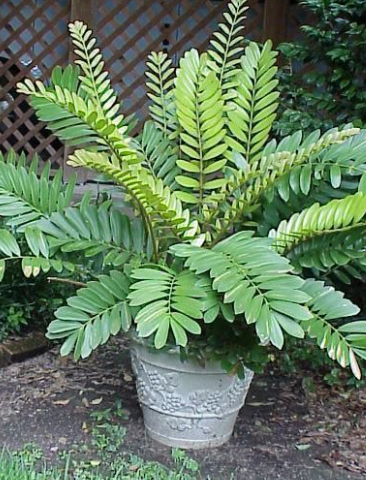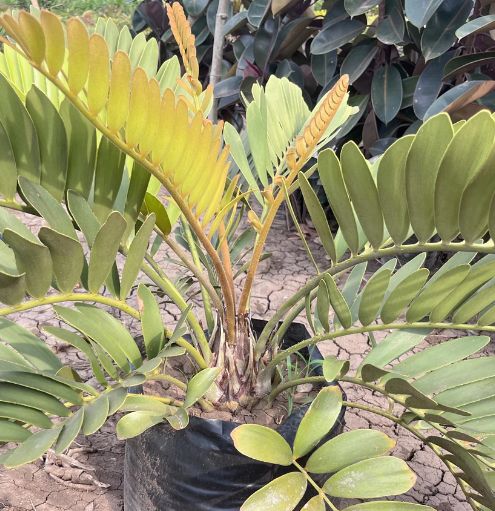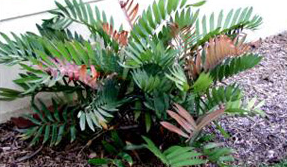Cardboard Palm Plant
Calathea Ornata (Calathea ornata) is a tropical plant growing 1-3 feet tall, hardy in USDA zones 10-11, with moderate growth in moist, well-drained soil, requiring indirect light and high moisture, and it is neither edible nor medicinal.

Habit
Palm
Height
60-150 cm
Growth
Slow
Soil
Well-drained, sandy
Shade
Full sun
Moisture
Low
Edible
No
Medicinal
No
Origin
Mexico
Climatic Condition
Tropical, Subtropical
Temperature (°)
18 to 32°C
Humidity (%)
50-80%
Potting media
Peat, perlite, compost mix
Fertilizers
Low-fertilizer needs, slow-release fertilizer
Watering
Drought-resistant, occasional deep watering
Plant Weight
3-10 kg
Flowering Time
Rarely flowers indoors
Soil Ph level
5.5 - 7.5
Water Ph level
5.5 - 7.5
Soil EC
1-2 dS/m
Yield Per Plant
Ornamental
NPK ratio
10:10:10
life Span
50+ years
Health Benefits
Toxic if ingested, used in landscaping
Suggested Grow Media or Potting Mix ?
50% peat moss, 30% pine bark, 20% perlite
Suggested Fertigation/Fertilizers
Fertilize every 4 weeks with a balanced, water-soluble fertilizer.
Common Diseases and Remedies
Root Rot, Leaf Spot, Scale Insects, Aphids, Mealybugs
Improve soil drainage, prune affected leaves, use neem oil
Fungicides, systemic insecticides
HEALTH BENEFITS
Caution: This plant is toxic if ingested, especially to pets and humans.
· No known health benefits for human consumption.

